This is an excerpt from the second part of the introduction of Actionable Gamification: Beyond Points, Badges, and Leaderboards. Buy a copy here or listen on Audible.
Semantics vs. Value
To me this discussion is non-productive. I would rather spend my time learning about and harnessing the power of games to change the world for the better, instead of debating over classifications of terms. What good have you created in the world when you spend your day arguing if something is “a game made for traveling” or “travel gamified”?
But there are people who would say, “No. That great example is a serious game! Gamification is just limited to these things that are really lame.” Why do people first define gamification as something lame, and then call it lame? For many years I have also worked on serious game projects and advergames, and if I can utilize that knowledge and experience to help the world, why limit what I can do as a gamification professional just because of some definitions?
I’ll share a little secret with you: For the most stringent academics out there, though I claim to have twelve years of gamification experience, I’m actually a fraud. Technically, I have three years of serious games experience, three years of loyalty program experi- ence, and six years of gamification experience, consisting of two distinct periods. Throughout the entire time, I was driven by the exact same vision of applying game principles to impact the world. Call me lazy, but I’d rather just refer to my work as gamification and start producing results that make a difference in the world instead of arguing about what I can and cannot do as a gamification professional.
I’ve written about how I (along with many “gamification profes- sionals”) am not a big fan of the word “Gamification.” This is mostly the term that the industry has adopted. I have preferred the term “Human-Focused Design” (as opposed to Function-Focused Design), which is a design process that remembers the human motivations within the system.
On a similar note, I also dislike the term “serious games,” as it implies that pure games are not serious – something that millions of serious gamers out there would heavily disagree with. Think how many sports athletes would be offended if they played basketball for a charitable cause, and people called that the “Serious Sports” industry.
Then there are the more “corporate-appealing” terms like Motivational Design, Behavioral Economics, or Loyalty Programs, which have many blends and overlaps with the vague term “gamification.” Many out there claim that Loyalty Programs are not considered gamification but would then argue that airline reward miles are one of the best examples of gamification.
Further following the battle semantics, many game-based solution enthusiasts like Sebastian Deterding and Jane McGonigal disagree with so many principles from most of the “mainstream” gamifica- tion experts and platforms, that they came out and expressed that, if that was gamification, they wanted nothing to do with it. They prefer the term “Gameful Design” to the word Gamification, which they sometimes regard as the ascended form of gamification1415. Along with Deterding and McGonigal, many other critics of gamifi- cation claim that implementations of mainstream gamification are uninspiring and manipulative.
At the end of the day, instead of arguing about what is and isn’t included in umbrella terminologies, wouldn’t it be much more productive for everyone to say, “Lets make everything better with the lessons we’ve learned through so many hours of game-play in our lives”?
Of course, people inevitably have long discussions on semantics, and therefore it makes sense to have a structured way of thinking through the entire conversation so you can communicate with your colleagues or superiors.
Tomato: Fruit or Vegetable
In my opinion, serious games and advergames should actually be included in gamification, as they are utilizing game design to achieve a non-game productive result.
There’s often a blurry line between the “is a game” versus the “is not a game” spectrum. For instance, sometimes it is difficult to say whether something is a “game” that trains people, or rather just “training that is gamified.” You could say that a game that trains employees to have good conduct is a “serious game,” but you can also say that they decided to gamify their training program. According to my own definition, it feels like you could “gamify” training by introducing a “serious game,” but you can’t gamify that very serious game once it is created. Now since it is already a game, you can only apply better game design to it instead of “gamifying” it. You can see how this conversation can quickly become non- constructive.
In my own TEDx talk in Lausanne, Switzerland, I brought up 8 world-changing concepts in gamification, each representing one of the Core Drives in the previous chapter16. I mentioned that my favorite gamification example for Core Drive 3: Empowerment of Creativity & Feedback was the “Serious Game” FoldIt. To some, that statement might have caused a heart attack.
My example for Core Drive 5: Social Influence & Relatedness was DragonBox, which is a learning game; for Core Drive 8: Loss & Avoidance, it was “Zombies, Run!” which is a fitness game to motivate you to run more. Some don’t consider them gamification examples since they are already games (as opposed to just plastering badges on something boring).
Again, if there is a way to utilize things we have learned from games to make the world better, why work so hard to limit yourself in how you approach it? The audience clearly did not care and were inspired about the potentials of evolving everything in our lives into something fun and dynamic, or more game-like.
And for the record, a tomato is biologically classified as a fruit, but is culinarily treated as a vegetable. It probably matters more to the expert horticulturist than to people who just care about preparing and eating a healthy and delicious meal.
This is an excerpt from the second part of the introduction of Actionable Gamification: Beyond Points, Badges, and Leaderboards. Buy a copy here or listen on Audible.


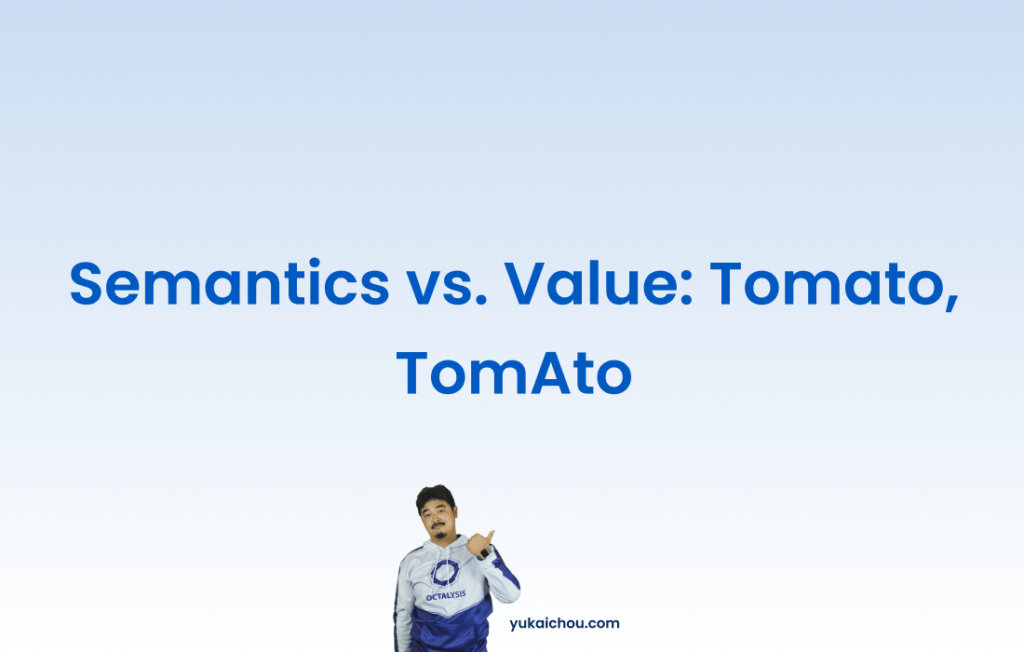

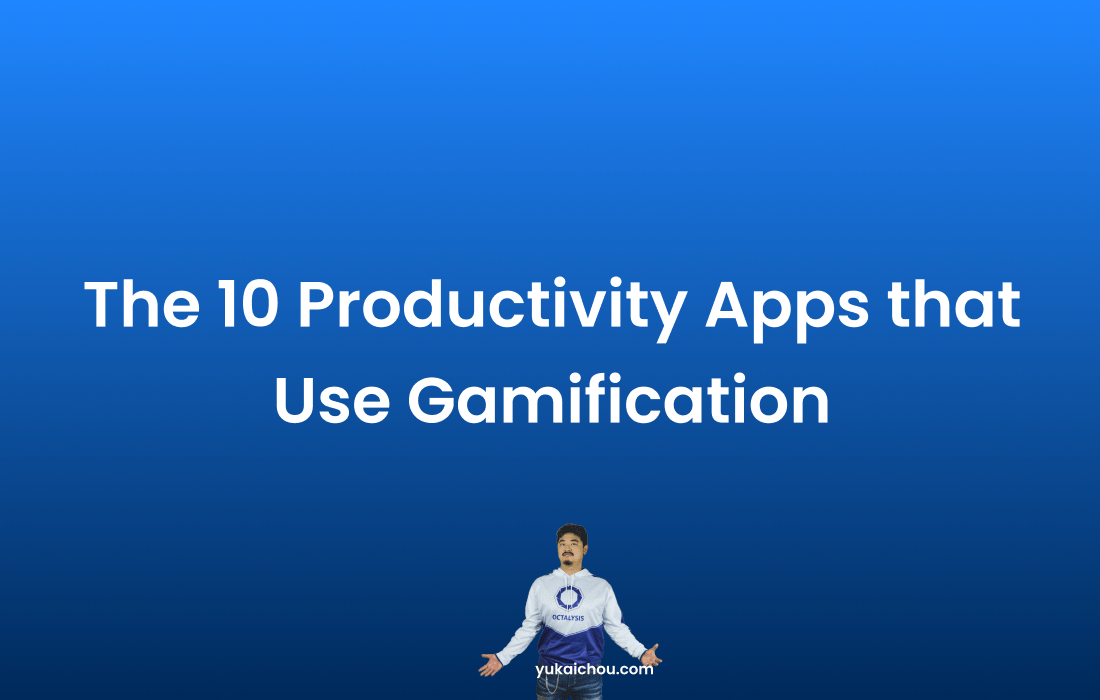

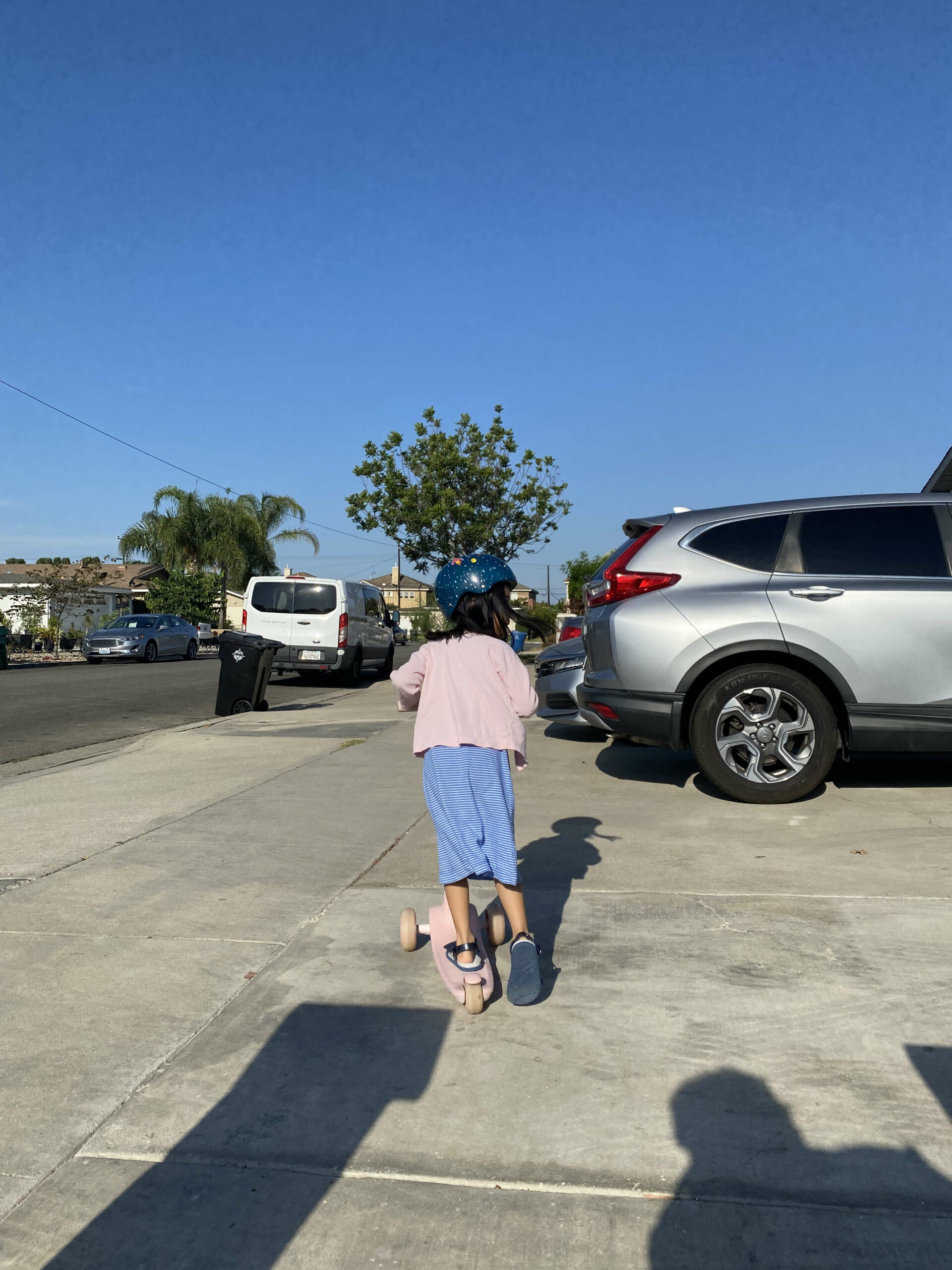
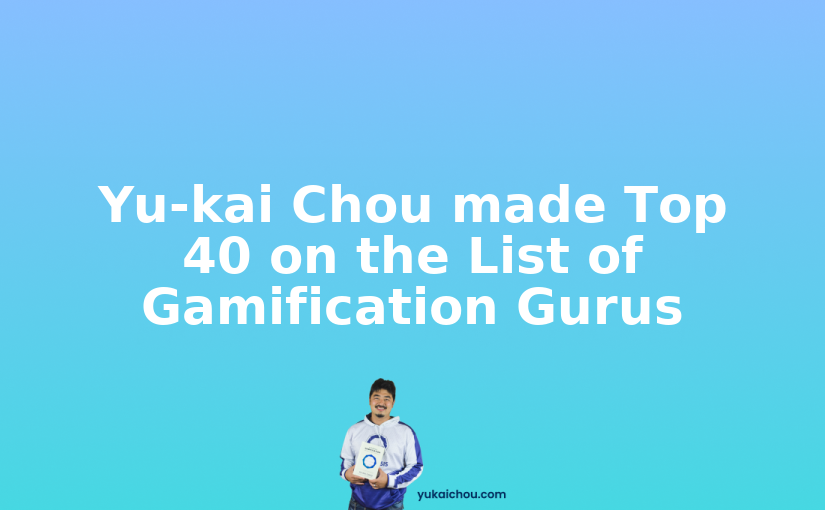

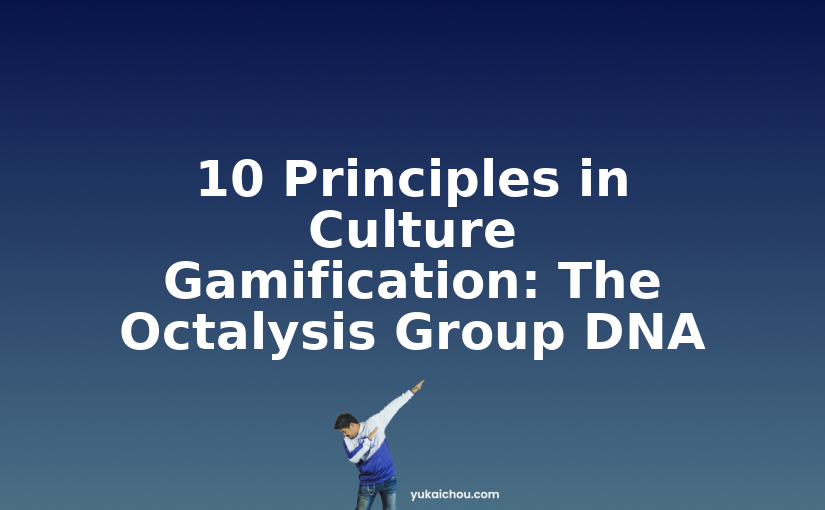
One response to “Semantics vs Value: Tomato TomAto”
Good: “Again, if there is a way to utilize things we have learned from games to make the world better, why work so hard to limit yourself in how you approach it?”